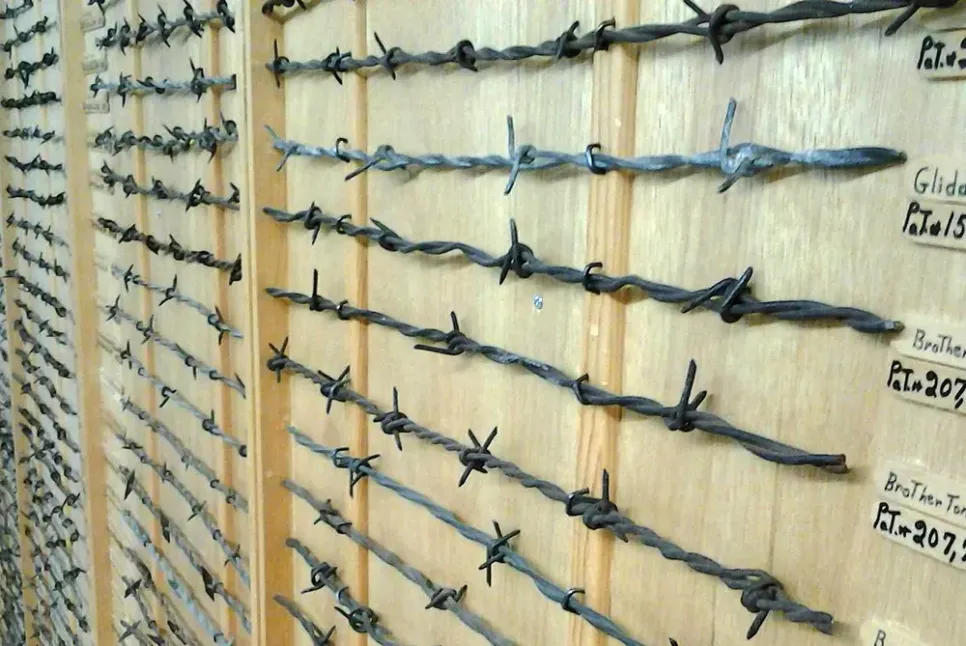
Like all ingenious inventions that have found their niche among the useful things of human hands, barbed wire did not immediately acquire the form that became known to the whole world even before the First World War.
In 1873, inventive Illinois farmer Henry Rose had no idea that his barbed wire fence would become the catalyst for the creation of barbed wire.
Having patented his brainchild, Henry Rose demonstrates it at an agricultural exhibition in DeKalb, where, by coincidence, three friends are present: Isaac Ellwood, Jacob Heish and Joseph F. Glidden.
Ellwood and Glidden, who saw the potential of Rose's invention, set about refining it, ultimately leading to two versions of barbed wire, one from each of the inventors. Ellwood admits that Glidden's https://egoza.com/catalog/barbed-wire barbed wire is a superior design because it has spikes that are tightly secured to the base. In fact, Gliden invents the very barbed wire that became the standard for subsequent improvements.
Using a coffee grinder to make spikes could hardly be called a good solution, which is why, buying out half of the patent from Glidden, Isaac Ellwood offers his colleague the joint production of barbed wire. So, in 1874, the company “I.L. Ellwood Manufacturing Company, which founded the world's first barbed wire production facility. In the near future, Glidden sells his part of the patent to a partner and retires.
Starting out as a small manufacturing operation in the backyard of Ellwood's hardware store, I.L. Ellwood Manufacturing Company" is quickly gaining national popularity. Between 1875 and 1900 there was an incredible surge in barbed wire production, from 270 to 150,000 tons.
More than a hundred years have passed since Glidden introduced the world to his invention. During this time, the original invention has undergone many changes, however, today even in the most modern designs one can still discern the features of Glidden’s brainchild.